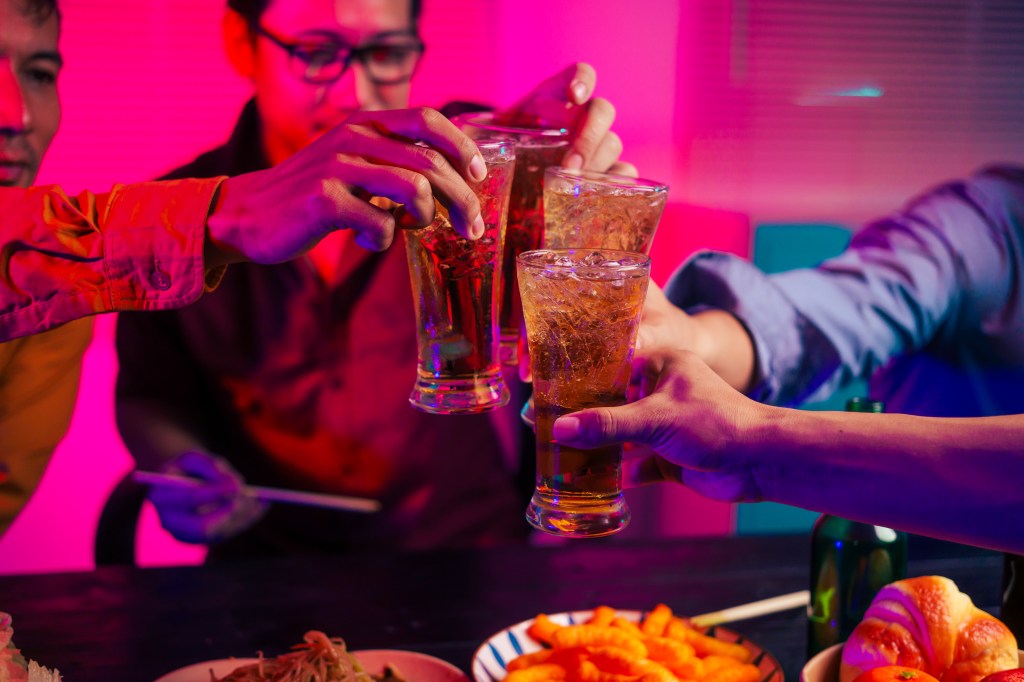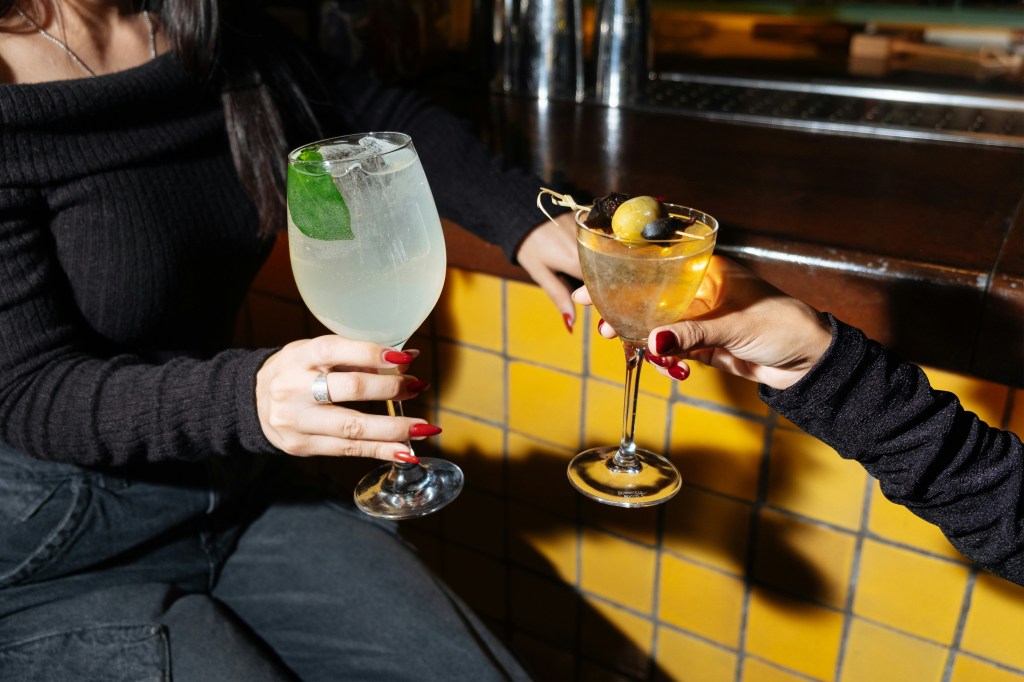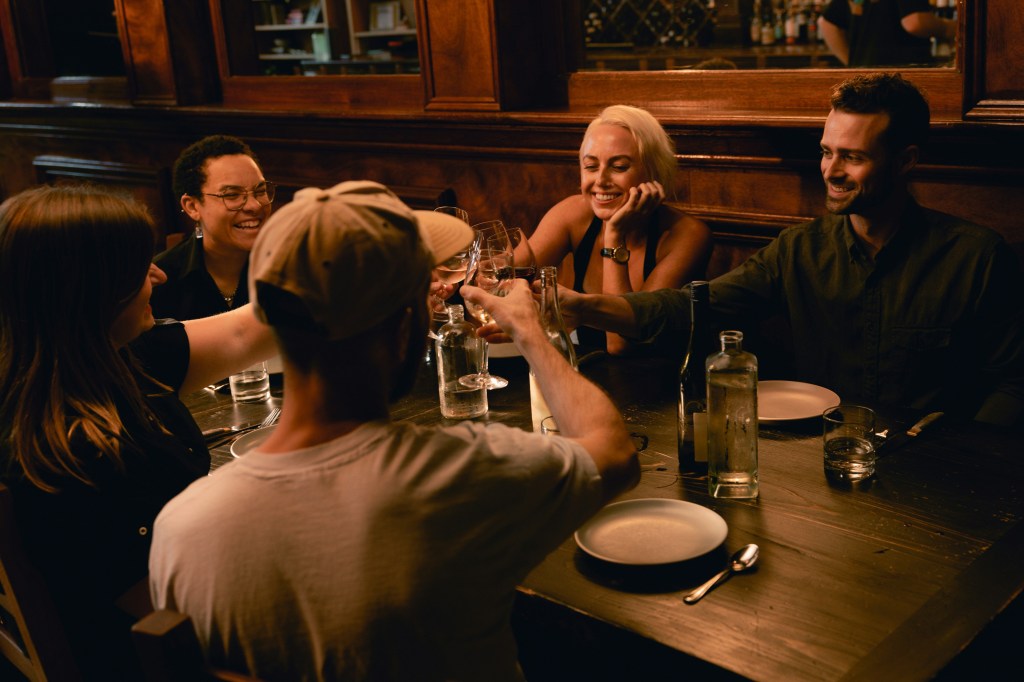To be a consumer today is a glorious thing. Innovation is everywhere and the abundance of choice has never been so plentiful. For brands, however, staying top of mind and in shoppers’ baskets amid this proliferation of choice has never been more challenging. And looking across consumer packaged goods (CPG) categories, few could be considered as jam-packed with competition as the adult beverage category.
Unfortunately for most alcohol brands, Americans 21 and older aren’t increasing their overall alcohol intake each year the way they’re adding to their intake of media from a myriad of platforms and devices. That means growth is often elusive—unless you’re thinking outside the bottle and paying close attention to consumer desires.
Ready-to-drink is tomorrow’s off-premise growth driver
While price is likely the most well-established purchase driver across the CPG space, convenience often runs a close second. And from a retail perspective, it’s an attribute that’s boosting sales in categories that previously weren’t very convenient.
Think about your favorite martini, or perhaps a particular variation of the Moscow Mule. To get one—and a good one—you’ve traditionally had to rely on a good mixologist. Today, however, ready-to-drink adult beverages are freeing consumers from the confines of their favorite watering holes—giving them the same freedom that beer drinkers have enjoyed for decades. Newer alternative packaging—cans, boxes, Tetra Pak, etc.—are playing a role as well, as they provide for more convenient and portable options.
And that freedom will lead to growing sales in the ready-to-drink cocktail space because consumers rank it highest among the factors driving purchase intent.
But the ready-to-drink realm isn’t just for cocktails. In fact, the ready-to-drink space is boosting sales across all alcohol beverage categories, with the emerging malt-based cocktail segment leading the pack in growth. Annual sales in this segment are up 574%, and malt-based cocktails now account for $4.7 million in annual sales.
Spirit and wine-based “ready-to-drink cocktails” are generally available in smaller size packages; they’re also more established and generate larger sales ($62 million and $83 million in annual sales, respectively). And while spirit and wine-based ready-to-drink cocktail sales aren’t skyrocketing the way malt-based cocktail sales are, they are growing exceptionally well. They both posted sales growth close to 40% higher in the latest 52 weeks compared with sales from a year ago.
Ready-to-drink growth is also led by brands experimenting with new and interesting flavors that haven’t historically been available away from the bar. Within hard seltzers, for example, the top flavor is actually the “assorted” option, indicating that a large portion of consumers are eager for flavor choice.
Beyond the bottle
Importantly, the ready-to-drink trend has broadened the scope for how alcoholic beverages have traditionally been contained. Specifically, cans, boxes, and Tetra Paks are steadily growing as popular vessels for ready-to-drink adult beverages. Cans, in particular, are performing particularly well.
In the craft beer category, cans now account for just over 36% of dollar sales, up 25.4 percentage points since the 52 weeks ended April 25, 2015. In terms of dollar sales, canned craft is now an $820 million sub-category, up from $436 million back in April 2015. But cans are no longer just for beer. There are now 22 wine brands that can 386 different wine items and generate more than $81 million in annual sales. A year ago, canned wine accounted for about $46 million in annual sales.
When it comes to occasions, single-serve, ready-to-drink cocktails are tapping into an easy way to quench consumers when they’re relaxing, unwinding, hitting the beach, cooking outside, and many other opportunities when they’re away from their favorite bar or restaurant, or outside of their home.
Looking across generations, we see younger adults gravitating toward ready-to-drink cocktails at social gatherings and outdoor activities. And as summer approaches, outdoor picnics, the beach/pool, and while traveling/on vacation are popular ready-to-drink occasions among all consumers (32%, 28%, and 23%, respectively).
Consumers are looking for convenience, and ready-to-drink cocktails provide consumers with something they’ve historically had to be at a bar or restaurant to enjoy. These newer alcohol segments are providing expansion opportunities within the broader alcohol category, manifested in multiple ways:
- New entrepreneurial companies are introducing their brands to the market
- Existing companies are acquiring other brand(s)
- Existing brands in single alcohol segments are extending their name recognition into newer segments to try and become a “power” brand.
Across the board, however, the common bond for success is standing out from the crowd and meeting changing consumer needs.



